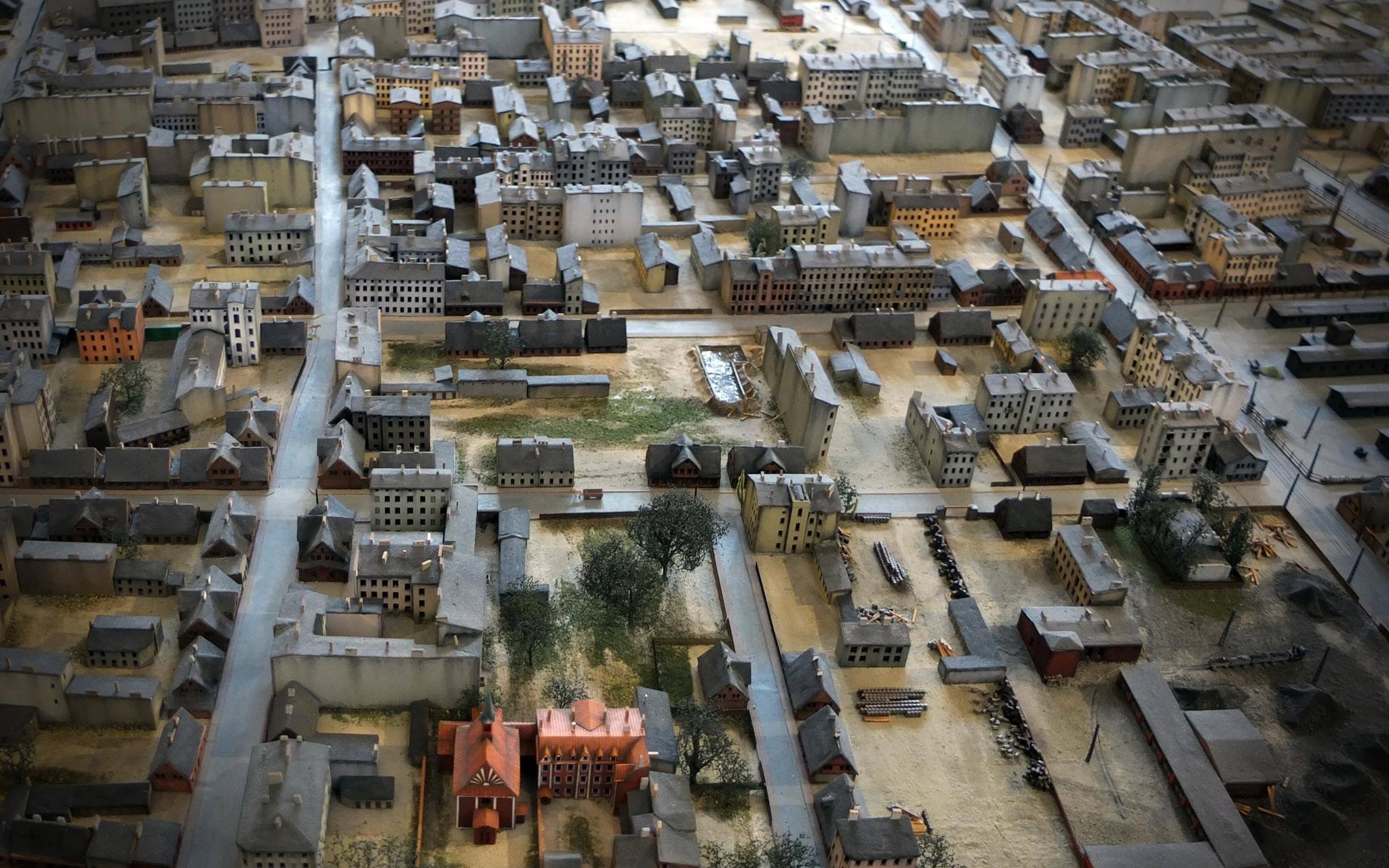ABSTRACT
The aim of the article is to present a historical mock-up (here based on Lodz ghetto model from Radegast Station) as one of the means currently used in museums to transmit knowledge in a modern way. Its purpose is to preserve memories about past events and places associated with them. A historical mock-up is not a museum artifact, but a modern object that tells a particular story. It captures topographical realities of a non-existing or transformed urban space and requires the use of maps, plans and archival photographs etc. This is an attempt to present the way in which a historical mock-up demonstrates how to combine elements of traditional exhibit, document repository and documentation center in Holocaust museum. At the same time, one has to consider whether a reconstruction of the ghetto model does not bring with it moral dilemmas. Do we have the right to recreate a ghetto? Are there any ways and means protecting us from “misreading” the model?
Author: Zofia Trebacz
issue 13 / August 2018

